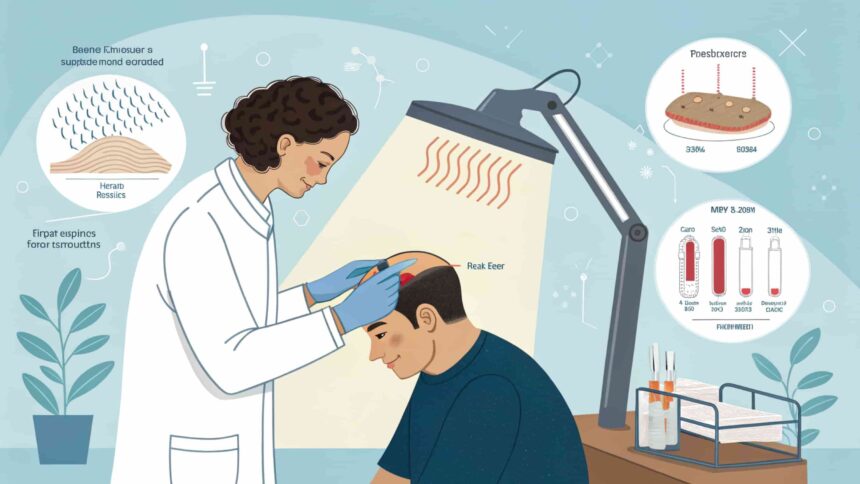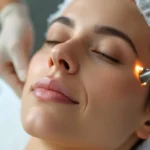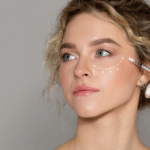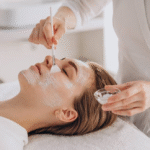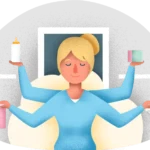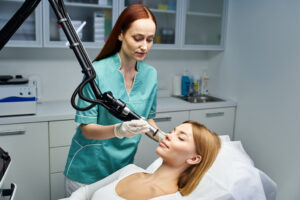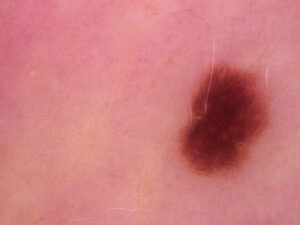Hair loss can be distressing, whether it’s thinning hair, bald patches, or excessive shedding. It affects both men and women and can result from genetics, hormones, illness, stress, or scalp conditions. Dermatologists are the go-to experts for diagnosing the root cause of hair loss and offering targeted, science-based treatments. With their knowledge of skin and scalp health, they provide effective solutions that promote hair regrowth and prevent further loss.
Accurate Diagnosis of Hair Loss
Dermatologists begin with a thorough evaluation to identify the type and cause of hair loss. Common types include:
- Androgenetic alopecia (pattern baldness)
- Telogen effluvium (stress or illness-related shedding)
- Alopecia areata (autoimmune patches)
- Scalp infections or conditions like psoriasis or seborrheic dermatitis
They may use tools like scalp examination, blood tests, or a biopsy to confirm the diagnosis.
Personalized Treatment Plans
Once the cause is identified, dermatologists design a customized treatment plan. This ensures the best outcome based on the patient’s age, condition severity, and medical history.
Topical Medications
One of the most commonly recommended treatments is minoxidil, a topical solution or foam that stimulates hair follicles and promotes growth. It’s FDA-approved for both men and women.
Other prescription topicals may include:
- Corticosteroids for inflammation or autoimmune-related loss
- Antifungal creams if scalp infection is the root cause
Oral Medications
In some cases, dermatologists prescribe oral treatments to address internal factors:
- Finasteride (for men): blocks DHT, a hormone linked to hair thinning
- Spironolactone (for women): reduces androgen levels
- Oral minoxidil: for those who cannot tolerate topical forms
These medications require careful monitoring for side effects and effectiveness.
In-Office Procedures
Dermatologists may perform advanced procedures for more stubborn or severe hair loss:
- Corticosteroid injections into the scalp for alopecia areata
- Platelet-rich plasma (PRP) therapy: involves injecting the patient’s own blood platelets to stimulate follicles
- Microneedling: improves absorption of topical treatments and promotes growth
- Laser therapy: boosts blood flow and follicle activity
These methods enhance hair restoration when combined with at-home care.
Scalp and Hair Care Guidance
Dermatologists also help patients adopt proper scalp hygiene and hair care habits, such as:
- Using gentle, sulfate-free shampoos
- Avoiding tight hairstyles or excessive heat styling
- Reducing stress, which often worsens hair loss
- Maintaining a balanced diet rich in protein, iron, and biotin
This holistic approach supports long-term hair health.
Monitoring Progress
Hair regrowth takes time—often several months. Dermatologists monitor the patient’s response to treatment and make necessary adjustments. Regular follow-ups are important to track improvement and prevent recurrence.
Psychological Support
Hair loss can impact confidence and mental well-being. Dermatologists provide emotional support and may recommend counseling if needed. They help patients set realistic expectations and stay positive through the treatment journey.
Conclusion
Dermatology plays a vital role in diagnosing and treating hair loss. Through expert evaluation, tailored medications, advanced therapies, and personalized care, dermatologists help patients restore hair health and confidence. If you’re experiencing persistent or sudden hair loss, seeking help from a dermatologist is the best step toward recovery and regrowth.


